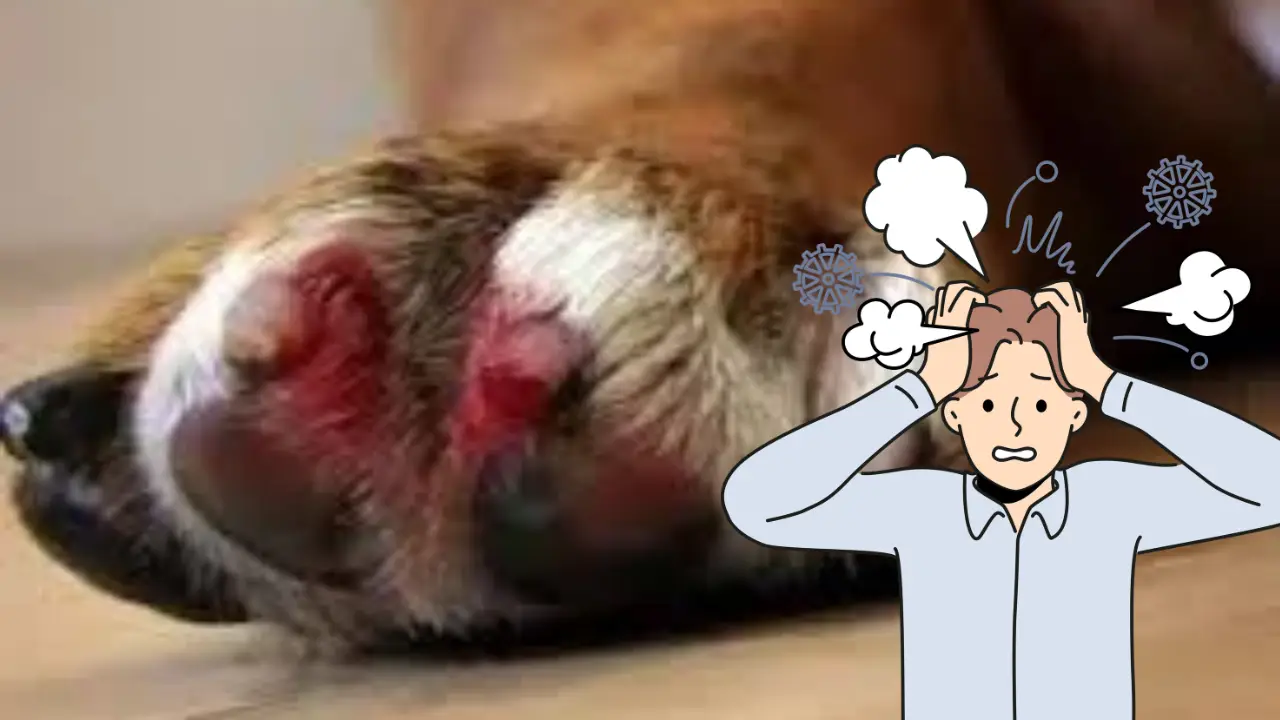If you’ve ever searched “how to stop a dogs nail from bleeding,” you’re not alone around 20% of dog owners deal with nail injuries yearly. It may seem alarming when your pup’s nail bleeds, but don’t worry I’ve got tips to help. Find helpful techniques for cutting nails on a stubborn pet in How to Cut an Uncooperative Dog’s Nails.
Accidents happen during trims, especially when cutting the quick, which can bleed up to 5 millilitres. With a few simple steps, you can quickly manage the bleeding and have your furry friend back to normal.
Quick Look
To stop a dog’s nail from bleeding, apply pressure using a clean cloth, then use styptic powder, cornstarch, or baking soda to promote clotting. If bleeding continues, repeat these steps or apply a bandage. For persistent bleeding beyond 20 minutes, consult a vet. Knowing how to stop a dog’s nail from bleeding fast is crucial for quick action, as it helps prevent further discomfort and ensures proper healing.
Causes of Dog Nail Bleeding

Dog nail bleeding can happen more often than you’d expect, and knowing the causes helps prevent it. From trimming accidents to rough play, there are various reasons why your dog’s nails might bleed. Let’s dive into the main causes and how they contribute to nail injuries.
Trimming Too Short
Dog nail bleeding often starts with trimming the nails too short, accidentally cutting into the “quick.” The quick is the inner part of the nail containing nerves and blood vessels, and cutting it is painful. Around 90% of cases result from this common mistake, especially with dark-colored nails where the quick is harder to see. If you’re wondering how to stop a dog’s nail from bleeding fast, applying styptic powder or using a clean cloth to apply pressure can help stop the bleeding quickly and safely.
Torn or Cracked Nails
Rough play or running on hard surfaces can easily lead to torn or cracked nails. In fact, 30% of active dogs experience some form of nail damage. When a nail breaks, it can expose the quick, causing significant bleeding and discomfort. Knowing how to stop a dog’s nail from bleeding fast is crucial to prevent further pain and complications. If you’re wondering, can you use regular nail clippers on dogs, be sure to check out the pros and cons of using human clippers for your pet’s nails.
Overgrown Nails
Long nails don’t just look unkempt; they’re also more prone to injury. When nails grow too long, the quick extends with them, making trimming accidents almost inevitable. Did you know that the risk of bleeding increases by 50% when nails are overgrown? Regular trims keep this risk in check.
Dog Nail Bleeding Prevention and Remedy Effectiveness Table
Step-By-Step Guide: How to Stop a Dogs Nail from Bleeding
When your dog’s nail starts bleeding, it’s important to act quickly but calmly. Knowing how to stop a dog’s nail from bleeding fast can make a big difference. Following the right steps can stop the bleeding in just a few minutes. For a more detailed explanation, check out the proper technique for cutting dog nails to ensure you avoid injury while trimming your pet’s nails.
Step 1: Stay Calm and Soothe Your Dog
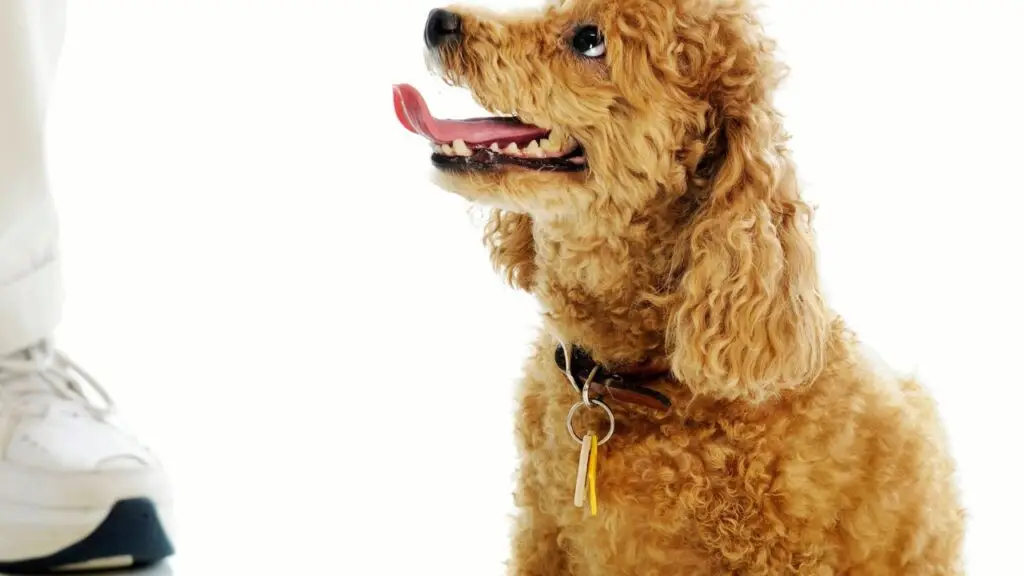
First things first take a deep breath and calm yourself. This step is crucial because your dog will pick up on your emotions. Talk to your dog in a soothing voice to help ease their anxiety.
Step 2: Clean the Nail Area
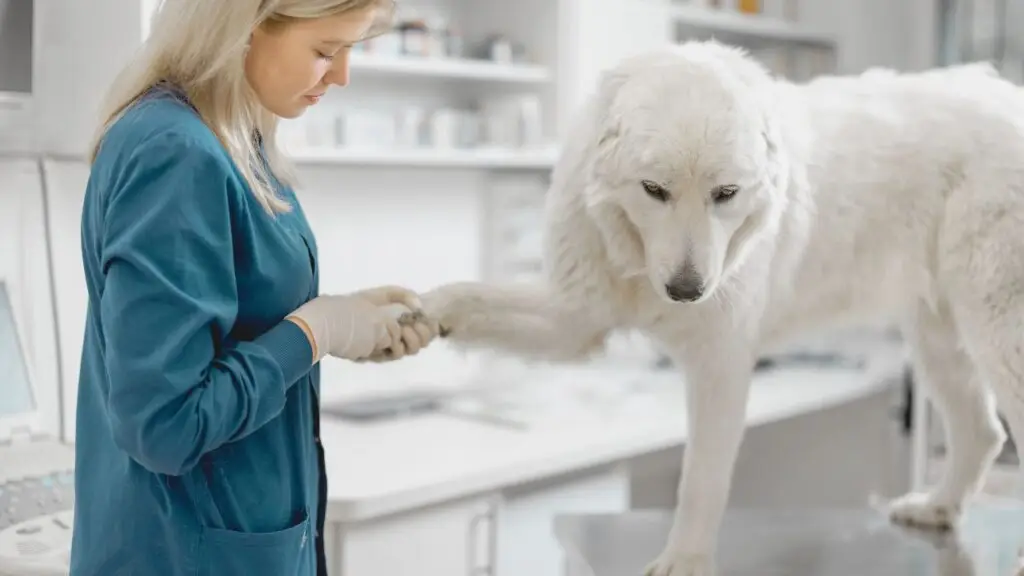
Gently clean the affected nail using a soft cloth and warm water. Avoid using alcohol or hydrogen peroxide, as these can irritate the wound. This step helps remove any dirt and allows you to better assess the injury. If you’re wondering how to stop a dog’s nail from bleeding fast, proper cleaning is the first step before applying a styptic solution.
Step 3: Apply Pressure
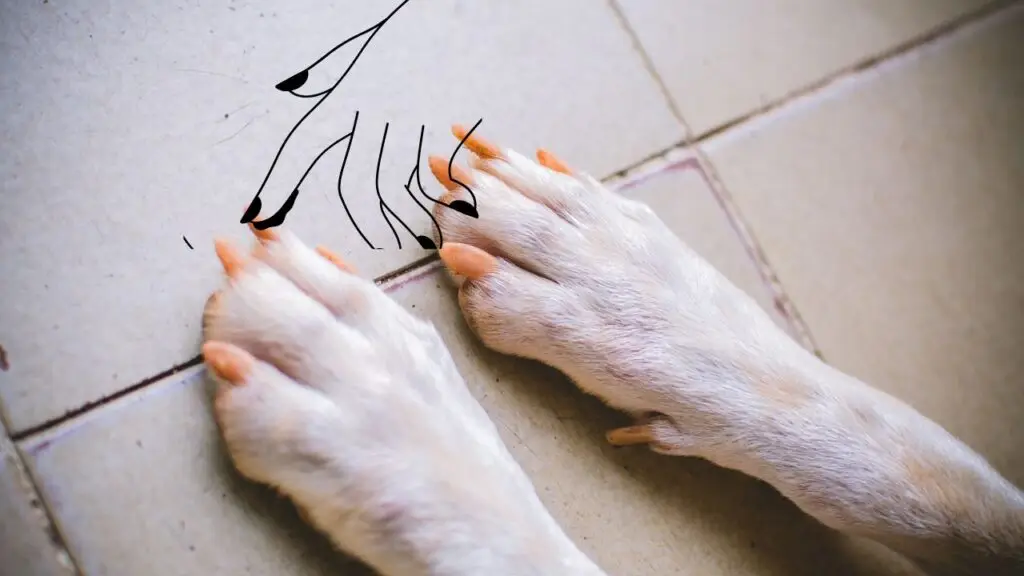
Wrap the bleeding nail with a clean cloth or gauze and apply steady pressure for 60 to 120 seconds. This technique works in about 80% of cases to stop minor bleeding by helping the blood clot.
Step 4: Elevate the Paw
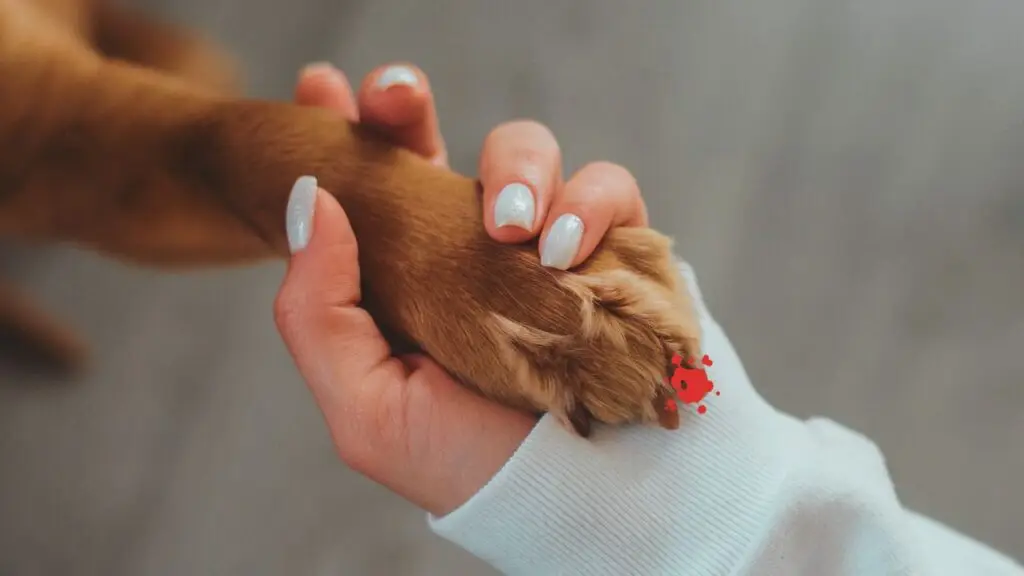
If the bleeding doesn’t stop after applying pressure, lift your dog’s paw above the heart level. Elevating it can reduce blood flow by up to 25%, making it easier to control the bleeding.
Step 5: Use a Clotting Agent

Apply styptic powder, cornstarch, or baking soda to the bleeding nail. These substances can help blood clot almost immediately. If you don’t have any on hand, try rubbing the nail against a bar of soap to create a temporary seal.
Step 6: Wrap with a Bandage
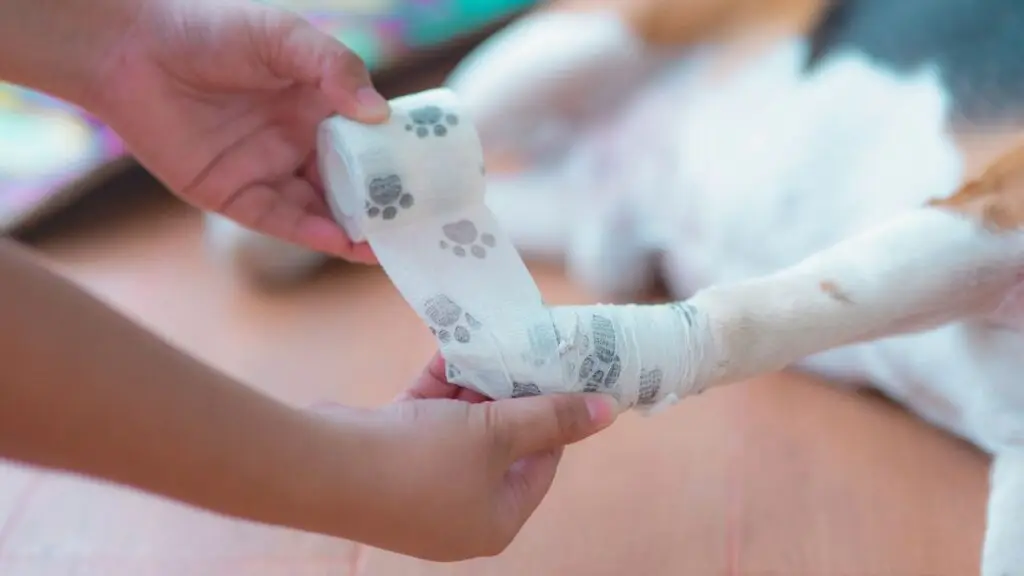
If the nail continues to bleed, cover it with a compression bandage. Make sure it’s snug but not too tight—cutting off circulation can cause further issues. Leave the bandage on for one to two hours.
Step 7: Monitor Your Dog

Keep your dog calm and limit their activity for the next 12 to 24 hours. High activity can increase blood pressure, making the clot dislodge and causing the nail to bleed again. For advice on treating broken dog nails at home, visit Dog Broken Nail Home Treatment.
Common Remedies for Stopping Bleeding

Handling a bleeding nail can feel overwhelming, but there are simple solutions. From styptic powder to everyday kitchen items, several remedies can stop the bleeding in minutes. Let’s explore five reliable methods that have saved me countless times.
1. Styptic Powder: The Go-To Remedy
When my dog’s nail started bleeding, I reached for styptic powder first. This remedy is like magic—nearly 90% of the time, it stops bleeding instantly. You can find it at most pet stores, and it works by clotting the blood quickly.
2. Kitchen Staples: Cornstarch and Baking Flour
If styptic powder isn’t on hand, try cornstarch or baking flour. These common kitchen items can be lifesavers in a pinch. Gently press the powder onto the nail for 60-90 seconds, and you’ll often see the bleeding subside. It’s worked for me countless times!
3. Soap: A Surprising Solution
Another surprisingly effective remedy is using a bar of soap. I’ve found that rubbing the dog’s nail against a moistened, unscented soap bar helps plug the wound. This method is great for minor bleeding, and it takes only about 2-3 minutes to see results.
4. Super Glue: An Unexpected Ally
Believe it or not, super glue can also come to the rescue. It sounds unconventional, but it’s actually used in medical settings for small cuts. Just apply a drop to the nail and hold it steady for 30-60 seconds while it dries. This has helped me seal wounds when nothing else was working.
5. Compression Bandage: When All Else Fails
Lastly, wrapping the paw in a compression bandage can help. Use a light wrap to apply continuous pressure without cutting off circulation. I typically leave it on for about 20 minutes, which is usually enough time for the bleeding to stop.
Aftercare Once Bleeding Stops
Aftercare is important for your dog’s recovery once bleeding stops. Start by rinsing the nail area with lukewarm water for about 30 seconds to remove dried blood. Next, apply a dog-friendly antiseptic, using just a small amount (around 5 ml) to help prevent infections.
Limit your dog’s activity for 12-24 hours to keep the clot stable—roughly 70% of minor injuries will fully heal with rest. Monitor for signs of infection, like redness or swelling, checking twice daily for the next three days. Consider a loose bandage, changing it every 12 hours to reduce rebleeding risk by nearly 60%. Discover the basics of dog nail trimming with tips in How Do I Cut Dog’s Nails.
When to Seek Veterinary Care
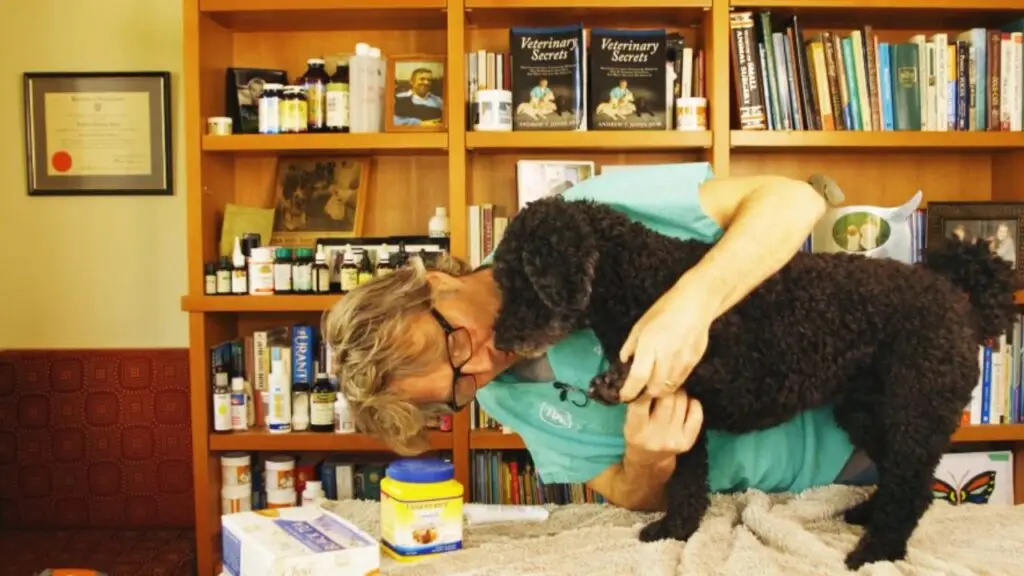
If your dog’s nail is still bleeding after 20 minutes, it’s time to call the vet. Bleeding that lasts beyond this point is a sign the injury may be more serious. Your dog could be at risk for significant blood loss, which can quickly escalate.
For dogs with clotting disorders like haemophilia, any nail injury needs immediate attention. Approximately 1 in 10,000 dogs have this condition, which means their blood doesn’t clot as it should. A vet can help prevent complications like excessive bleeding.
If you notice the nail is dangling or broken near the base, don’t try to fix it yourself. Around 25% of nail injuries may involve fractures that require professional care. In such cases, your vet might need to trim the nail back or even perform a minor procedure.
Tips to Avoid Nail Injuries
Preventing future nail injuries in your dog requires establishing good habits and techniques. Here are some effective tips to reduce the risk of bleeding and keep their paws healthy:
- Trim regularly: Schedule nail trims every 3-4 weeks to prevent overgrowth, which can reduce injury risk by up to 50%. Regular trimming also keeps the cut short, making future trims easier.
- Use a grinder: Opt for a nail grinder for better control, lowering the chance of cutting the quick by 30%. This tool is particularly helpful for dogs with dark nails, where the quick is hard to see.
- Desensitise your dog: Incorporate positive reinforcement to make your dog comfortable with nail trimming, which can improve comfort by 60%. Start by rewarding your dog for simply seeing the tools, then gradually introduce touching the paws.
- Trim small amounts: If the quick is long, trim tiny amounts weekly to shorten it over time. It usually takes about 6-8 weeks to see a noticeable difference, which can reduce bleeding risks by 40%.
- Cut at an angle: A 45-degree cutting angle minimises pressure on the quick, decreasing the risk of accidental cuts by 25%. It also helps achieve a smoother finish on the nail.
- Check nails weekly: Since nails can grow up to 2mm monthly, regular checks allow you to address overgrowth before it becomes an issue.
Learn here: The best way to Cut a Dog’s Black Nails.
Final Words
I know firsthand how stressful it can be when dealing with nail injuries. Trust me, learning how to stop a dogs nail from bleeding is a skill every pet owner should have. Over 90% of minor cases can be treated at home with the right steps.
Remember, staying calm and having some basic remedies on hand can make a big difference. If the bleeding continues for more than 20 minutes, don’t hesitate to consult your vet for help.

